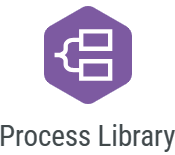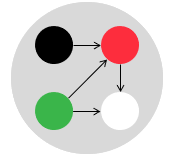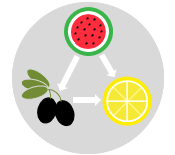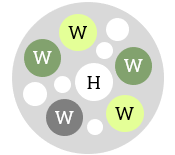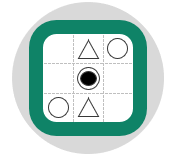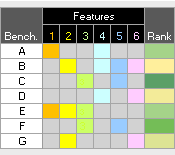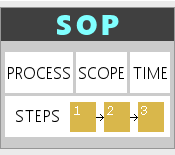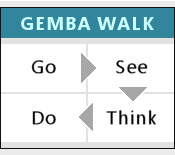Blog
-
How a Process Library Can Solve Business Efficiency Problems
A misconception many organizations have is that efficiency problems are due to a lack of employee engagement. However, if you don’t have a standard way of working, the same task may be performed in 10 different ways by 10 different people. If your organization…
-
Complexity is Made Simple Through Interrelationship Diagrams
Also known as Interrelationship Diagraph and Interrelationship Map. Variants include Influence Diagram. An Interrelationship Diagram is a relationship map that offers a visual display of cause-and-effect relationships within a process or problem. It provides insights into the complexities of a given As-Is process and…
-
A Comprehensive Guide to Relationship Mapping
Also known as Relationship Diagram and Relations Diagram and Network Diagram. In a world full of connections and interactions, understanding the relationships between things is important. A Relationship Map is a helpful tool that visually displays connections within any given context. It makes it…
-
The 5W1H Approach: Asking Simple Questions for Great Results
Also known as The Kipling Method, Five Ws and One H, Five Ws and How, 5Ws and 1H, and 5W&H. Variants include 5W2H, Five Ws, 6W1H and 6H. 5W1H is a problem-solving approach that helps in obtaining fundamental information about a given problem or…
-
Translating Customer Needs with Quality Function Deployment
Also known as Customer-Driven Engineering. Variants include Matrix Diagram and Voice of the Customer (VOC) Analysis. In the dynamic realm of business, it is important to meet customer needs for achieving success. Understanding what customers want is essential for providing better products and services.…
-
The Impact of Benchmarking on Performance and Continuous Improvement
Also known as performance benchmarking and business benchmarking. Variants include Best Practices Analysis, Comparative Analysis and Score-Carding. Benchmarking is a systematic approach for measuring products, services, processes, and performance against high-performing organizations or other entities in order to understand and adopt their successful strategies…
-
Benchmark Identification Template
Benchmarking is a systematic measurement approach that involves comparing products, processes, and performance against high-performing organizations. It is a common business practice that aims to learn from successful entities and adopt their best practices. Benchmarking requires collecting data to establish a baseline for comparison,…
-
Gemba Walk Template
A Gemba walk is one of the most important Lean techniques to understand the current state of any process. The idea behind Gemba walks is to physically visit the actual location and carefully observing the work being performed to identify potential areas for improvement.…
-
5 Whys Template
5 Whys is a widely recognized technique for resolving work-related problems in a straightforward manner. It is so simple that can be completed without the need for complex statistical analyses. This technique is often used by Six Sigma practitioners primarily during the Analysis phase…

